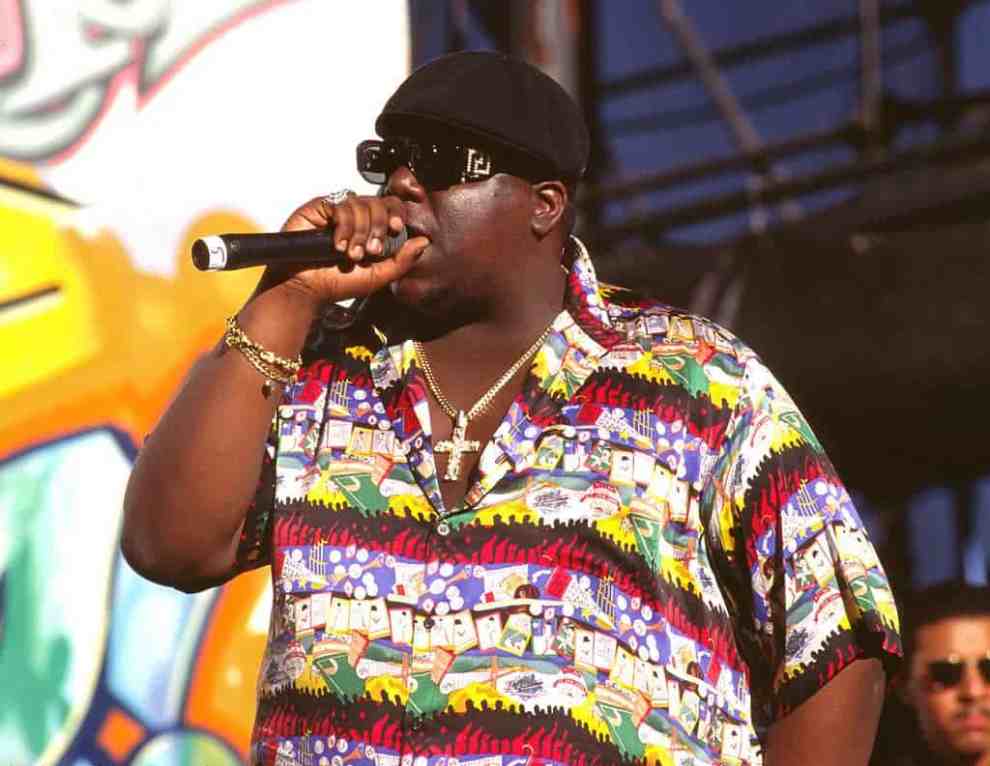March 9th, 2021, will make 24 years since The Notorious B.I.G was murdered in Los Angeles. As a way to commemorate his life and legacy, a new documentary called Biggie: I Got A Story To Tell, debuted on March 1 on Netflix.
The documentary gives viewers a different look of the late rapper. It takes you on a journey through his childhood, with little known stories such as his trips to Jamaica with his mother and how it influenced his unique style, as well as give an inside look into his neighborhood in Brooklyn, how he met his friends, and the tragedies he faced throughout his life. The documentary gave one of the truest looks at Christopher Wallace the individual before the world knew him as Biggie Smalls, as he became one of the biggest rap artists in the mid-90s.
Although the stories Biggie’s life has been told numerous times through various documentaries, movies, and television shows, Biggie: I Got A Story To Tell gives you brand new insight and home footage into the timeline showcasing his struggle, pain, success, and ultimate killing in Los Angeles in 1997.
Below are 5 things we learned from the Netflix documentary.
Ms. Voletta Wallace once found white powder in the window sill in his bedroom and mistook them for mashed potatoes.
The documentary talks a lot about Biggie’s journey as a hustler and how he got into the drug game, selling crack. During an interview, Biggie claimed that his mother didn’t know what he was doing while she was at work. She believed that he was working. One day, she confronted him about leaving old “mashed potatoes” in his room, not realizing that it was actually drugs.
Biggie Developed A Friendship With Jazz Musician Donald Harrison.
Donald Harrison played a part in Biggie’s life and in him becoming a rapper. Biggie was influenced not only by Harrison’s talent but also by the beautiful ladies that he would bring home with him. Harrison would help Biggie and take him to the movies and art museums and try to groom him to be a jazz musician.
Biggie Reveals The Meaning Of “Ready To Die”.
Around the time, Big was recording his debut album, Ready To Die, it was revealed that he was going through a lot of personal issues. His mother had just been diagnosed with breast cancer, and he felt the burden of being the only one around to take care of her. He stated that the title of his debut album didn’t literally mean that he was actually ready to die but that it was more like a cry for help.
The Death Of Ollie Was Big’s Wake Up Call.
Biggie’s friend Ollie was always by his side. He looked at him like a brother and someone he can look up to. As addressed in the documentary, Ollie actually introduced him to selling drugs, and the two were almost inseparable as friends. Ollie also was one of the first people to recognize his talent for rapping, and performing, and was encouraging and helping Biggie realize his dream or if Big was performing at shows. In the film, it is revealed that the night that Ollie was shot and killed, Biggie was supposed to be accompanying him. Instead, he was performing at a show. Ollie’s death became the wake-up call Biggie needed to get out of the streets and to focus on his music career.
Mark Pitts Stopped Biggie From Making A Big Mistake That Could’ve Ended Up Really Bad For Him.
After the birth of his daughter, Biggie was still struggling to get this music career off of the ground. Diddy was just released from Uptown Records, and they didn’t know what they were going to do in regards to releasing Ready To Die. Big and his friend D. Roc were still heavy in the streets, they decided to drive down to North Carolina to sell drugs out there. Mark Pitts, who was Big’s manager at the time, called Diddy to stop from making a big mistake and he did.
What did you learn about Biggie from this documentary that you didn’t know about him before?

